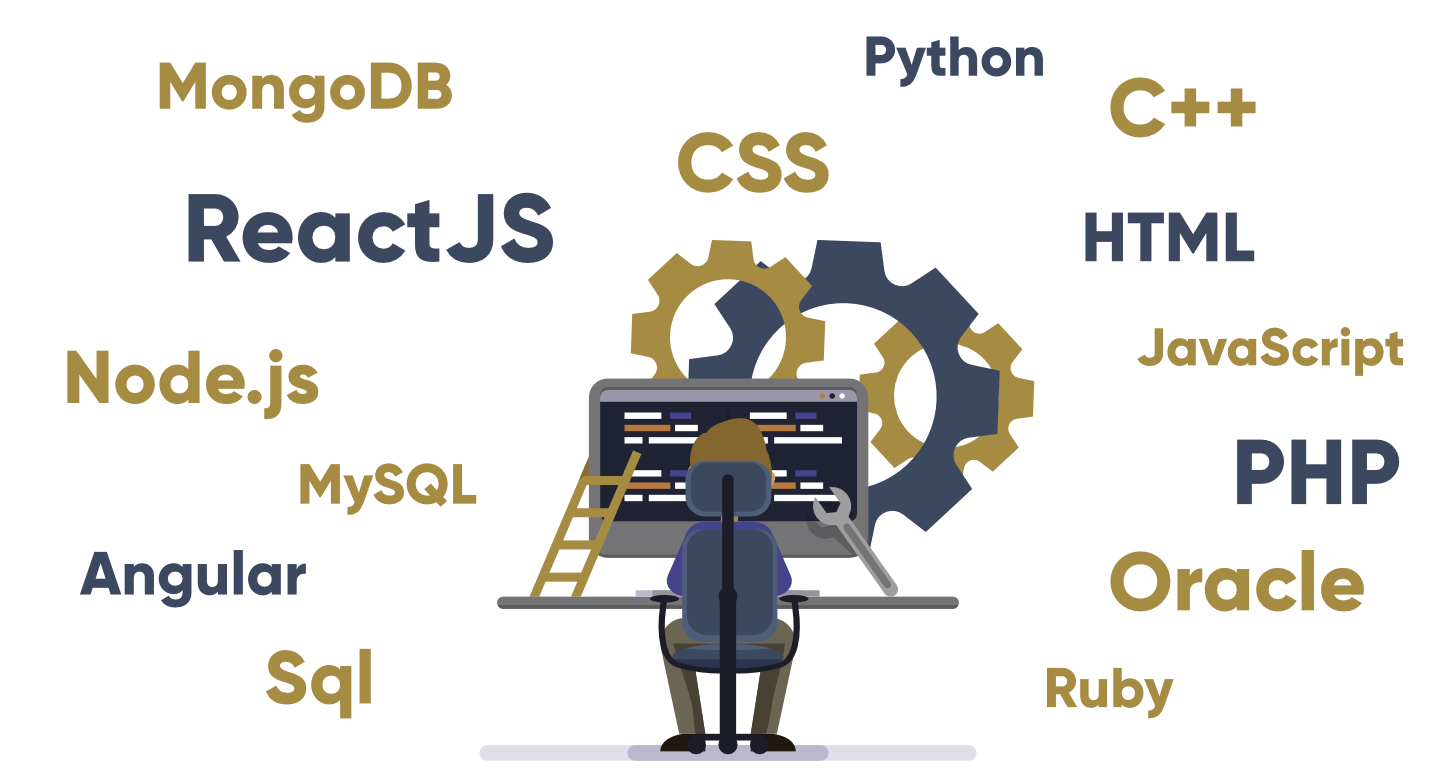Introduction
In today’s tech-driven world, the term Full-Stack Developer has become one of the most in-demand roles in the software industry. These professionals possess a unique blend of creativity, logic, and technical expertise, capable of building complete web applications — from the user interface to the database and everything in between.
A full-stack developer isn’t just a coder — they’re an architect who understands how different layers of technology interact, ensuring that software systems are efficient, scalable, and user-friendly.
What Does a Full-Stack Developer Do?
A full-stack developer works across both the frontend (client-side) and backend (server-side) of applications.
Frontend Responsibilities
- Building intuitive and responsive interfaces using HTML, CSS, and JavaScript.
- Using frameworks like React, Angular, or Vue.js to create dynamic user experiences.
- Ensuring cross-browser compatibility and accessibility for all users.
- Optimizing the UI for speed and performance.
Backend Responsibilities
- Writing server-side logic with languages such as Node.js, Python (Django/Flask), Java (Spring Boot), or PHP (Laravel).
- Managing and integrating databases like MySQL, PostgreSQL, or MongoDB.
- Building APIs (REST or GraphQL) that connect the front end with the back end.
- Implementing authentication, authorization, and data security.
Core Skills of a Full-Stack Developer
A successful full-stack developer typically masters the following areas:
- Programming Languages – JavaScript (with frameworks), Python, PHP, or Java.
- Frontend Frameworks – React, Angular, or Vue.js.
- Backend Frameworks – Express.js, Django, Flask, or Laravel.
- Databases – SQL (MySQL/PostgreSQL) and NoSQL (MongoDB).
- Version Control – Git and GitHub for collaboration and deployment.
- APIs – Building and consuming RESTful and GraphQL APIs.
- DevOps Basics – CI/CD pipelines, Docker, and cloud platforms like AWS or Azure.
- UI/UX Awareness – Understanding usability principles and responsive design.
Why Companies Value Full-Stack Developers
- Versatility: They can work across different project stages — from design to deployment.
- Cost-Effectiveness: Startups often prefer full-stack developers who can handle both frontend and backend.
- Rapid Prototyping: Ideal for fast product development and MVP (Minimum Viable Product) creation.
- Improved Collaboration: Their broad understanding of the stack helps in better communication between teams.
Common Tools and Technologies
| Area | Common Tools/Technologies |
|---|---|
| Frontend | HTML5, CSS3, JavaScript, React, Angular |
| Backend | Node.js, Express, Django, Laravel |
| Databases | MySQL, PostgreSQL, MongoDB |
| Version Control | Git, GitHub, GitLab |
| DevOps | Docker, Jenkins, AWS, Nginx |
| Design | Figma, Adobe XD |
Career Path and Growth
Full-stack developers often begin as frontend or backend specialists and gradually expand their skill sets.
With experience, they can progress into roles such as:
- Technical Lead / Engineering Manager
- Solutions Architect
- Product Engineer
- CTO (Chief Technology Officer) in startups
According to industry reports, full-stack developers rank among the top 5 most in-demand tech roles globally, with salaries increasing steadily due to the hybrid nature of their expertise.
Challenges of Being a Full-Stack Developer
- Constant Learning Curve: Technology stacks evolve rapidly; keeping up is essential.
- Breadth vs Depth Dilemma: Balancing knowledge across multiple technologies without losing depth.
- Time Management: Handling both frontend and backend tasks can be overwhelming.
How to Become a Full-Stack Developer
- Start with HTML, CSS, and JavaScript.
- Learn a frontend framework (React or Vue).
- Pick a backend language (Node.js, Python, or Java).
- Understand databases (SQL + NoSQL).
- Build projects — real-world applications are your best teachers.
- Host your apps online using platforms like GitHub Pages, Render, or AWS.
- Contribute to open source or freelance to gain experience.
Conclusion
The role of a Full-Stack Developer is both demanding and rewarding. In an era where agility and efficiency are key, these professionals act as bridges — connecting user experience with technical implementation.
If you love solving problems, learning new technologies, and creating complete solutions from scratch, full-stack development could be your perfect career path.

